The U.S. Department of Transportation (DOT) number stamped on the tire’s sidewall contains a date code that identifies the age of your tires. This DOT number (also called the Tire Identification Number or TIN) is contained in a sequence of up to 12 letters and numbers that signify the tire size, the manufacturer, the specific plant where it was built and when it was built. In the event of a recall, tiremakers and the National Highway Traffic Safety Administration use the DOT number to identify which defective tires are in the campaign. The date code used on tires is not a typical representation used for dates and can be easily missed by the untrained eye.
To determine the age of your tires, check the last four digits of the U.S.
Tires built from 2000 to the present use the last four-digits of the DOT number to identify the week and year of manufacture. For example, a DOT number with 4116 at the end of the sequence would mean that the tire was manufactured in the 41st week of 2016, or sometime in the mid-October.
While it is increasingly rare to find a tire made before 2000, these tires use only three digits in the date code for the week and year. A tire with a three-digit date code like 416 means that the tire was made in the 41st week of 1996.
Tire DOT Numbers Include a Date Code
(Source: National Highway Traffic Safety Administration)
Be aware that the complete tire DOT number is not required to be molded on both sides of the tire. While some tire makers include the full DOT number on both sides, the date code on your tires may only be contained on one side. If the DOT number is only eight characters, you’ll need to look on the other side of the tire to find the full number with the date code.
Why is it important to understand your tire’s age? Manufacturers have known for decades that exposure to heat and oxygen weakens rubber over time. Today’s tires are highly engineered products, with anti-aging chemicals mixed in the rubber compounds, along with others to make the rubber softer and more flexible. But, over time, the rubber and component materials within the tire changes and becomes more prone to failure. In most instances this loss of strength is invisible – and the material degradation is present regardless of tread depth and even in tires that have never even been put on a vehicle
Today’s tires are highly engineered products, with anti-aging chemicals mixed in the rubber compounds, along with others to make the rubber softer and more flexible. But, over time, the rubber and component materials within the tire changes and becomes more prone to failure. In most instances this loss of strength is invisible – and the material degradation is present regardless of tread depth and even in tires that have never even been put on a vehicle
Aged tires are more susceptible to catastrophic tread separations, which occurs when the tire’s outer layer separates from the tire body or casing. This type of failure can be much more dangerous for drivers to manage than a flat tire or blow out, particularly in trucks, SUVs and vans – particularly 15-passenger vans – because they are more prone to handling and stability problems.
While tread separations caused by manufacturing defects can occur in new tires, tires older than six years – especially those on vehicles located in hot-weather states such as if such as Arizona or Florida – are more prone to suffer a catastrophic tread separation.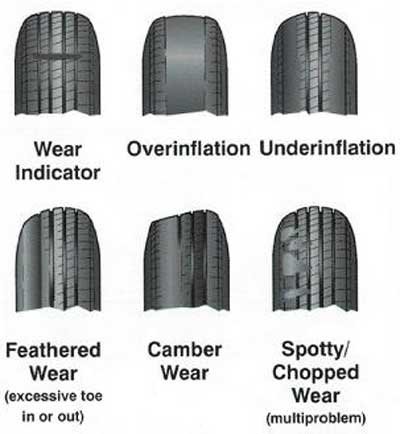
According to the National Highway Traffic Safety Administration “Most vehicle owners can easily overlook tire aging, increasing their risk of a crash.”
Based on research showing that the rate of tire failures increases after six years, nearly all vehicle manufacturers recommend owners replace tires after six years, regardless of tread depth. Most tire manufacturers recommend replacement at 10 years or that owners follow the vehicle manufacturer’s guidelines. Tire makers continue to insist that expiration dates are not necessary, yet, nearly all passenger and light truck tire warranties expire at six years. Some tire retailers have also adopted the tire age recommendations and will not service vehicles with tires that are beyond the manufacturers age recommendation.
Consumers should also check the DOT code when buying new replacement tires. Some retailers will sell a “new” tire that has actually been sitting in their inventory for years. That tire could have been improperly stored in a warehouse or outdoors exposed to high temperatures that reduce a tire’s robustness and useful life.
That tire could have been improperly stored in a warehouse or outdoors exposed to high temperatures that reduce a tire’s robustness and useful life.
Consumers should insist on replacement tires manufactured within months of the purchase date. And, regardless of tread depth, vehicle owners should replace their tires six years and older.
Call us if you believe a defective tire caused your accident. The team at Newsome Melton can review the facts of your case and determine if we believe you have a valid claim for compensation. If we feel you have a strong defective tire case against the manufacturer, we can navigate the claims process on your behalf and potentially recover compensation to pay for your medical bills, lost wages, vehicle repair or replacement, or other losses.
Call us today at 888-221-5316 or contact us through our online chat. We offer free reviews and handle many of these claims on a contingency fee basis..png) This means we do not recover compensation unless you do.
This means we do not recover compensation unless you do.
Have you ever asked yourself, “how old are my tires?”. If not – you should. Determining your tire age is very important to you and your family’s safety. If you’re driving with a tire over six years old, you could be putting yourself in danger, as tires dry rot with age from the inside out.
“These Tires Have a Few Good Years Left in Them”I used to think, “the tread looks great, no bald or worn out spots, these things could last at least a couple more years”. They may last another three years, but your tread has little to do with it. What is more essential is the age of the tire. Tires are made of rubber, obviously, and when rubber gets old, it starts to dry and crack (often times from the inside out – this process is not always visible to the naked eye).
What’s more important than the thickness of the tread is the date that the tires were manufactured. Until recently, I had no idea that the age of the tire mattered. I thought it was all in the tread and visible cracking. I also had no idea that tires have a manufacture date stamped on them. But the manufacturers don’t make it easy on you to figure this out.
Until recently, I had no idea that the age of the tire mattered. I thought it was all in the tread and visible cracking. I also had no idea that tires have a manufacture date stamped on them. But the manufacturers don’t make it easy on you to figure this out.
It turns out that tires have cryptic codes on them. Believe it or not, you can actually determine your tire’s manufacture date based on these codes.
How to Determine your Tire AgeLet’s discuss post year 2000 tire manufacturing date stamps (if your tire is older than this as indicated by a lack of this standard, you’ll want to have it replaced immediately). Tirerack.com has a great demonstration on how you can determine your tire’s ages:
Tires Manufacture Date After 2000Will My Set of Four Tires All be the Same Age?Since 2000, the week and year the tire was produced has been provided by the last four digits of the Tire Identification Number with the 2 digits being used to identify the week immediately preceding the 2 digits used to identify the year.
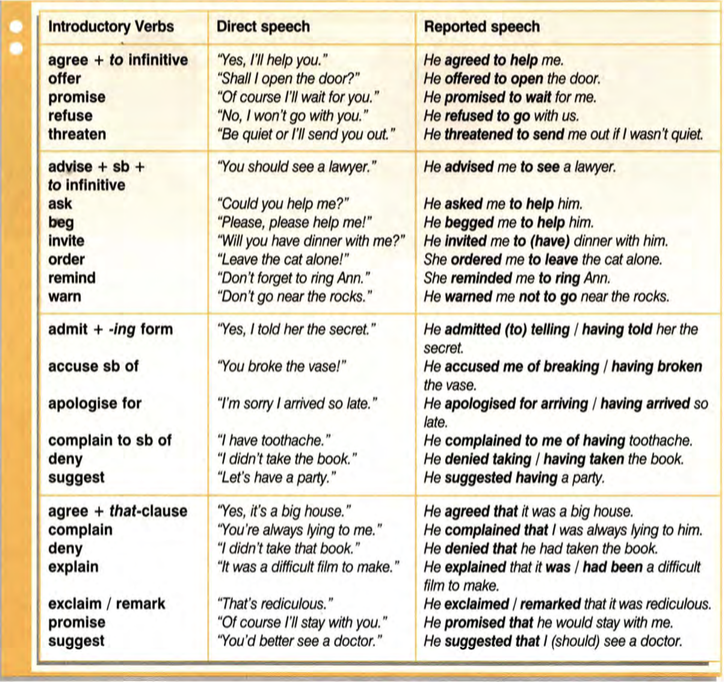
Example of a tire manufactured since 2000 with the current Tire Identification Number format:
DOT U2LL LMLR 5107 Manufactured during the 51st week of the year, in 2007 While the entire Tire Identification Number is required to be branded onto one sidewall of every tire, current regulations also require that DOT and the first digits of the Tire Identification Number must also be branded onto the opposite sidewall. Therefore, it is possible to see a Tire Identification Number that appears incomplete and requires looking at the tire’s other sidewall to find the entire Tire Identification Number
The use of a partial Tire Identification Number on the one sidewall (shown above) reduces the risk of injury to the mold technician that would have to install the weekly date code on the top sidewall portion of a hot tire mold.

Another thing to note when getting new tires or checking your old is that all four tires will most likely not be the exact same age. On a previous set of tires I purchased, I found that three of my new tires were made in the second week of 2008, while the fourth was made in the 21st week. Had any of my tires been manufactured more than a year prior to my date of purchase, I would have taken them back immediately and demanded a refund. When checking the age of your tires, check all four tires.
My Tires Don’t have a Code on Them!If you do not see a manufacturing code on your tire, grab a flashlight and slide underneath your car to check the other side. Tire manufacturers want to make it as hard as possible for you to determine your tire’s age, so they’ve inconveniently placed the manufacture date on only one side of your tires.
Why Do Tire Companies Hide the Tires Manufacture Date?Because they can and it’s profitable to do so.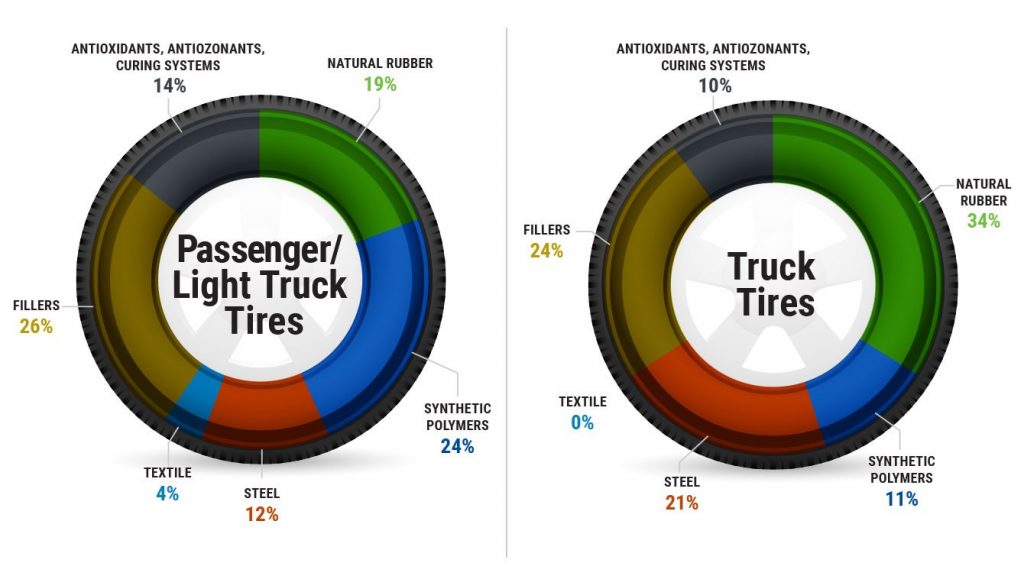 In many other countries, government works for consumers a little harder on their rights. In the good ole’ USA, big business lobbies against consumer rights and quite often wins. Why would the big tire manufactures want to pull their tires off the shelf to be destroyed?
In many other countries, government works for consumers a little harder on their rights. In the good ole’ USA, big business lobbies against consumer rights and quite often wins. Why would the big tire manufactures want to pull their tires off the shelf to be destroyed?
Take a peek at this very informative video from ABC’s 20/20, in which a hidden video camera was used in tire stores. Some retailers were helpful and informed, others not so much. Some retailers were selling tires as old as 12 years! You have to wonder how much of this is corporate mandate versus ignorance.
It pays to be an informed consumer, both in terms of finance and safety. If you’ve bought old tires recently, hopefully you have save your receipts. Go back to the place you purchased from and see if they’ll swap newly manufactured tires (or demand it). If that doesn’t work, you should at least be able to get a credit towards new tires.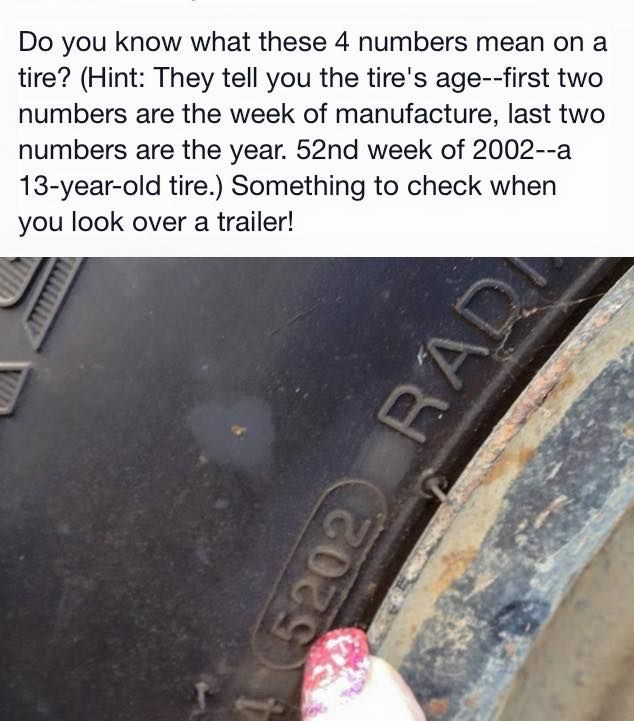
Related Posts:
Thanks! Check your inbox (& spam folder) in a minute for your welcome email!
Oops... Please try again.
Monday, November 21, 2016 15:12:13 Europe/Moscow
How to determine the date of manufacture of a tire and the necessary service life, at which its technical characteristics and functionality will be at the highest level?
When the minimum tread depth is reached (4 mm for winter tires and 1.6 mm for summer tires), the tires are taken out of service and disposed of. As for the period of use over time, according to the recommendation of tire manufacturers, tires should not be used for more than ten years from the date of manufacture. At the same time, it is worth distinguishing between the concepts of "service life" and "manufacturing warranty period". The latter is established by law and in the Russian Federation is five years from the date of production. During the warranty period, the manufacturer is responsible for the full compliance of the tire with all necessary technical requirements.
At the same time, it is worth distinguishing between the concepts of "service life" and "manufacturing warranty period". The latter is established by law and in the Russian Federation is five years from the date of production. During the warranty period, the manufacturer is responsible for the full compliance of the tire with all necessary technical requirements.
The date of manufacture of a tire is one of the mandatory markings and is applied to one of the sidewalls of the tire in the lower part of it, next to the seat area for the disc. This marking is a set of four digits, where the first two digits are the week of production, and the last two are the year . For example, "4815" means that the tire was manufactured in 2015 at week 48. In some cases, the date of manufacture is included with an alphanumeric code that contains information about the place of manufacture of the tire, it is applied next to the DOT abbreviation.
To sum up, a tire is considered new and high performance if it has been produced for less than 5 years. And the opinion that tires should be purchased only for the current year of manufacture is a delusion: tires are made in advance, before the start of the season. Thus, the tire that hit the shelf in the tire center in March 2017 will be produced in the second half of 2016, because it takes time to transport it, and if the tire is imported, it also takes time to go through the customs procedure. For your safety, choose certified tire centers for purchase, in which the tire storage process meets all standards and requirements. Tires must be used for no more than 10 years or to the minimum allowable tread depth in accordance with the season of use. In this case, the manufacturer bears its warranty obligations only during the first five years from the date of production.
Because the tire is constantly deformed during operation. All components of a car tire not only wear out from friction on the road surface, but are also exposed to the negative effects of sunlight, chemicals, etc. Thus, the general physical and chemical aging of the tire occurs. And if the level of physical tire wear can be assessed, then the consequences of changing the rubber structure due to aggressive environments and conditions are almost impossible for an ordinary driver to assess .
All components of a car tire not only wear out from friction on the road surface, but are also exposed to the negative effects of sunlight, chemicals, etc. Thus, the general physical and chemical aging of the tire occurs. And if the level of physical tire wear can be assessed, then the consequences of changing the rubber structure due to aggressive environments and conditions are almost impossible for an ordinary driver to assess .
Structural changes to the tire can lead to poor grip on all surfaces, rapid wear, chipping, cracking of the tread and other negative consequences. The problems listed above are only consequences of tread “aging”, but it is worth remembering that the tire almost entirely consists of various rubber compounds, which are also subject to “aging” with subsequent deterioration in tire performance.
In this case, a completely new tread can be misleading about the quality of the tyre.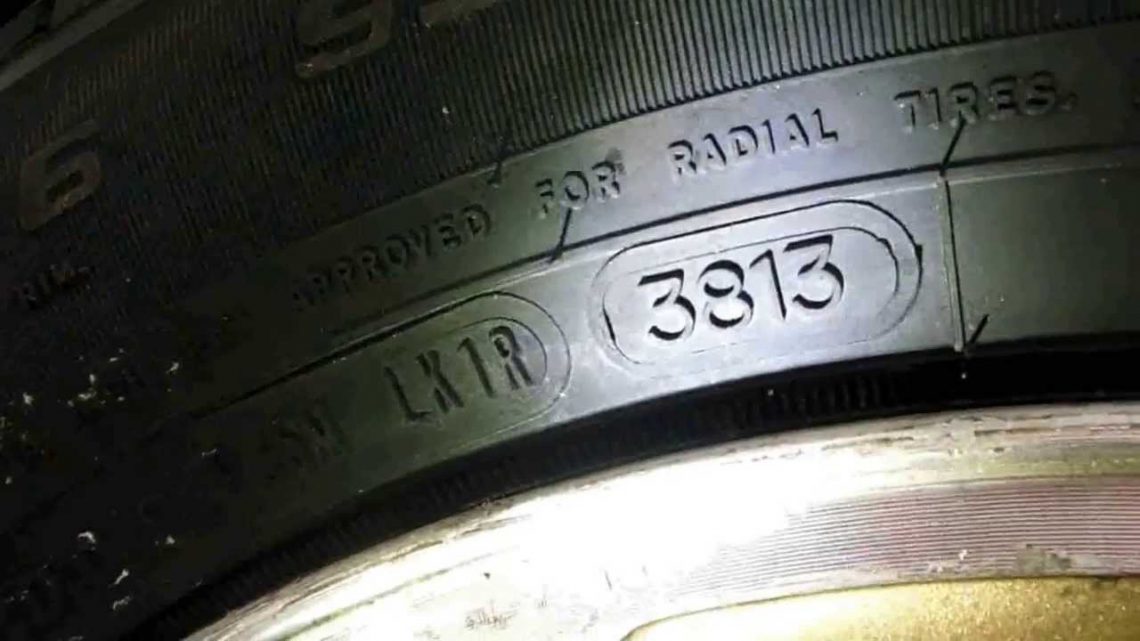 The level of tread depth affects the ability of the tire to drain water, as well as the effectiveness of traction in snow or mud, but the tread has only a part of the functions. There is also rubber in the tire, as well as a rather complex internal structure. The latter just can get damaged (deformation, curvature) during tire storage for 5 years or more. This can lead to an imbalance that contributes to the car pulling to the side and even the complete destruction of the tire during operation.
The level of tread depth affects the ability of the tire to drain water, as well as the effectiveness of traction in snow or mud, but the tread has only a part of the functions. There is also rubber in the tire, as well as a rather complex internal structure. The latter just can get damaged (deformation, curvature) during tire storage for 5 years or more. This can lead to an imbalance that contributes to the car pulling to the side and even the complete destruction of the tire during operation.
MICHELIN, BFGoodrich, Tigar tire warranty is 5 years from the date of manufacture or until the minimum acceptable wear level of the tread is reached in accordance with the legal requirements in force in the territory of the Customs Union, subject to the rules of transportation, storage, operation, specified by regulations and the manufacturer for each tire model, whichever comes first. During this period, the manufacturer guarantees the absence of manufacturing defects.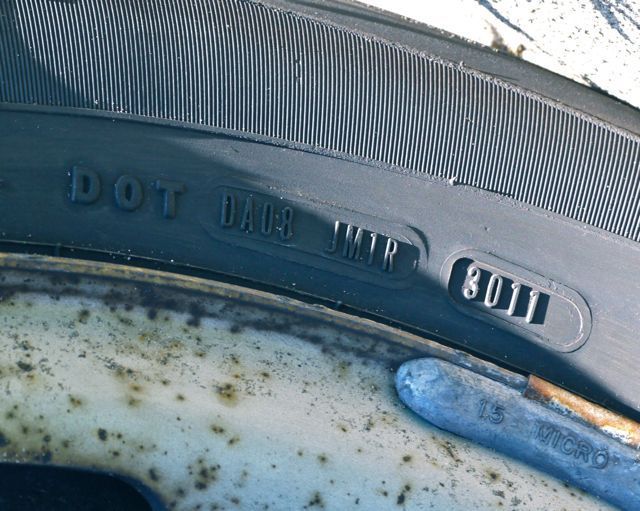 In the event of a manufacturing defect, the consumer can return the tires for claim (this process is free for the user). The maximum term for consideration of the reclamation process takes 21 days, in accordance with paragraph 1 of Article 21 of the Law "On Protection of Consumer Rights" or in accordance with Article 502 of the "Civil Code of the Russian Federation". If a manufacturing defect is confirmed, new similar tires will be provided free of charge. Tires can be returned at the store where the purchase was made, or at any other TYREPLUS store. Addresses and phone numbers of the nearest tire centers TYREPLUS: https://tyreplus.ru/shinnye-centry
In the event of a manufacturing defect, the consumer can return the tires for claim (this process is free for the user). The maximum term for consideration of the reclamation process takes 21 days, in accordance with paragraph 1 of Article 21 of the Law "On Protection of Consumer Rights" or in accordance with Article 502 of the "Civil Code of the Russian Federation". If a manufacturing defect is confirmed, new similar tires will be provided free of charge. Tires can be returned at the store where the purchase was made, or at any other TYREPLUS store. Addresses and phone numbers of the nearest tire centers TYREPLUS: https://tyreplus.ru/shinnye-centry
Determining the date of manufacture of a car tire is an important point in determining how long a product can be used without risk to road users. You can find out the year of manufacture of rubber by special markings on the side of the product.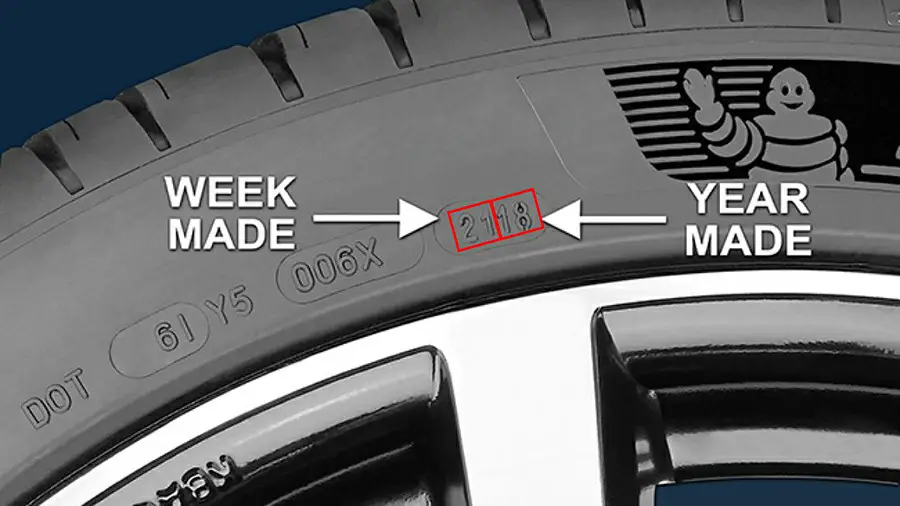 This indicator should influence the final choice of the consumer when buying tires, while also taking into account the country of manufacture.
This indicator should influence the final choice of the consumer when buying tires, while also taking into account the country of manufacture.
Contents
80% of retail outlets, when asked if tire age matters, answer no. However, this is 100% fraud. According to research by manufacturers Hankook, Continental and other global brands, a tire can be stored in proper conditions for up to 5 years from the date of production. Therefore, when asked whether this index is important, the correct answer is yes.
There are differences in terms of service life and storage of different models. For example, tires "Bridgestone-Blizak" or "Ice-Cruiser-7000" with proper storage retain their properties for up to 5 years, and summer models can be stored for no more than 120 months.
Buying a fresh product, the motorist guarantees himself the necessary margin of time, in which the rubber will retain optimal elasticity, strength and tenacity. If the age of the tire is 3-4 years or more, the probability of cracking increases critically, and traction is lost. Winter options can completely lose their properties and become coarse, which is fraught with an increase in the braking distance at times.
Different countries have their own markings that determine the date of manufacture of car tires. However, in the early 2000s, manufacturers began to adhere to common standards. This has become a necessity due to the distribution and mixing of products. For example, for foreign brands Kumho, Yokohama, Dunlop, Pirelli, a special marking is established, where the exact data is encrypted.
Other manufacturers have recently joined the general standards:

The following is a more accurate determination of the production time of tires from popular manufacturers.
Department of Transportation regulations require all tire manufacturers to affix manufacturing date markings on their products. The code should be separated from other designations, which makes it stand out for better identification.
The requirements of the organization say that for this index it is necessary to choose a place on the side of the rubber, in a place visible to the buyer, therefore, the index must be viewed on the sides.
However, the exact location is not specified, brands have the right to place indexes at their discretion.
For models made by manufacturers such as Goodyear, Michelin, Nokian, the location of the encoding in a separate oval is relevant. The index consists of 4 digits, which makes it easy to find and decipher.
For example, we can take Nokian Hakapelita tires of 7/5/8 generations.
In this case, it is clear that the index is highlighted with a rubber oval, the numbers stand out among the general designations.
Also on the market you can find products with strange indexes like YYY 2015/2117 and others. You can find it on the side of the tire.
These are typical identifiers for the Yakohama brand.
From Goodyear you can find the following designation:
As you can see from the photo, the code numbers are not surrounded by rubber circles or squares, but simply written during vulcanization.
As of 2022, there is a generally accepted marking of the date of manufacture of automobile tires according to the DOT code. At the same time, the rules are the same for cars, trucks and buses.
Side parts on tires of brands Bridgestone, Michelin, Toyo, Kama contain the so-called DOT coding. The index itself consists of several characters, but in this case, the buyer should be interested in the last 4 digits.
The index itself consists of several characters, but in this case, the buyer should be interested in the last 4 digits.
The photo shows the standard marking, where the first two digits "31" indicate the calendar week, and "03" the year. Thus, it can be deciphered that the above tire was released in August 2003.
The distribution for weeks is taken into account according to the ISO 8601 regulation, where weekly calendar deductions are strictly broken down.
Also, on some modifications of rubber, you can find the type designation "YYY2018" and similar. This is especially often indicated on Yokohama brand products. Having met this marking, you should not be afraid. The first three letters are not taken into account, the numbers are interesting - 2018 tells the buyer that the product was released from the assembly line on the 20th week of 2018.
In the bins of some unique stores, you can still find wheels with three-digit indexes like 125 or 129.
This is a standard marking for parts manufactured before 2000. At the same time, there is no distribution of winter or summer tires.
This also defines the week and year of manufacture. To accurately understand the situation, you need to pay attention to the place after the extreme figure. For example, if there is a space or a triangular character after the code, this determines 90s, and in the absence of extraneous marks, the model was released in the 80s.
For example, we can take a standard European brand tire. Here you can determine the production time in this way.
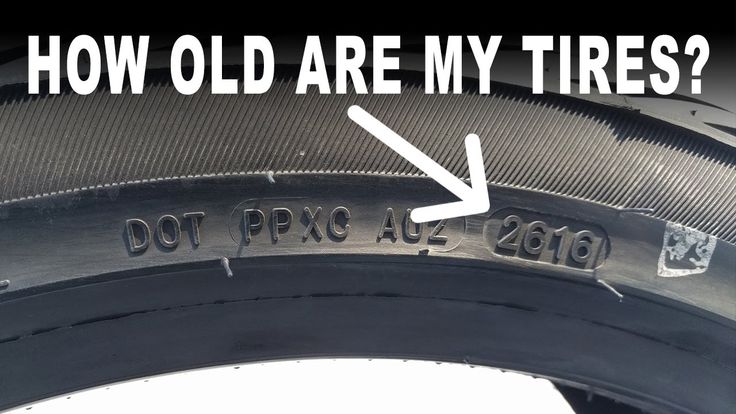
[ad-pc-mob-pa154]
Specific dates depend on the quality of the material, storage conditions. For example, the ideal warehouse environment is a dry shop where there are no temperature fluctuations, minimal dampness and no direct sunlight. Subject to all parameters, it is allowed to store the product for 7-8 and 4-5 years for summer and winter tires, respectively.
More precise studies were carried out by MICHELIN, Continental and others. Artificial tests confirmed these results and showed that a tire that has been in storage for 2-3 years practically does not differ from a fresh one in terms of characteristics. In 2022, you can take products released after 2014-15. And for products of 2012, the critical moment of decommissioning has already come.
At the same time, the data is relevant only for branded products such as Blizzak Spike 01, Goodyear, Hankook and analogues of Japanese or European production.